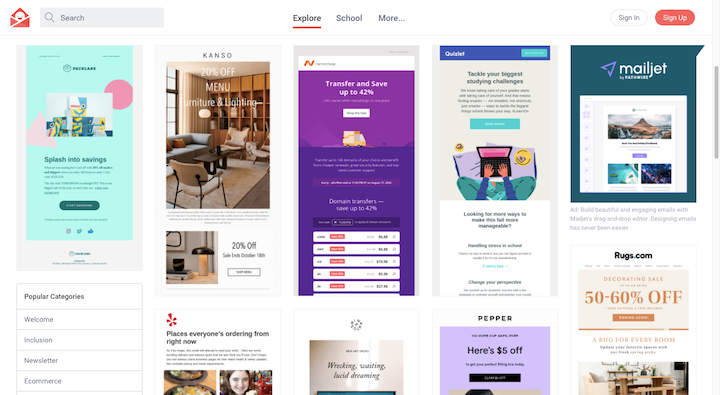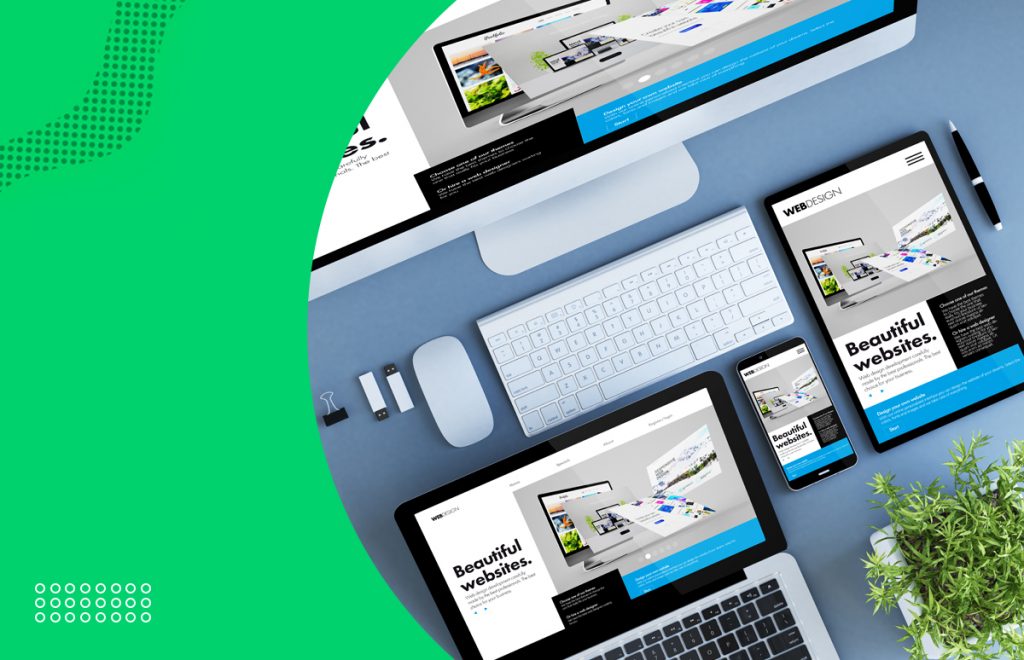How Website Design Affects Your Website’s Loading Speed and Performance
Vital Tips for Crafting High-Impact Site Designs
In the realm of electronic advertising and marketing, the layout of a website works as a critical touchpoint for engaging possible customers. To create high-impact internet site styles, one need to think about essential components such as audience understanding, user experience, and visual hierarchy. Each of these parts plays an essential function in not only bring in site visitors however likewise in assisting in significant interactions. The interaction between these aspects can be complicated and nuanced, increasing the inquiry of how to properly balance them to achieve optimum results. Exploring these methods can cause transformative results for your online existence.
Understand Your Audience

To efficiently recognize your audience, start by carrying out market analyses to collect information on age, gender, location, and interests - website design. This info offers as a structure for producing customer personalities, which represent the essential features of your target market. These identities overview decision-making in design elements and web content strategy, making sure positioning with individual assumptions
Furthermore, examining user habits through tools like Google Analytics can reveal just how visitors communicate with your site. Metrics such as bounce prices and time on web page can highlight areas that need improvement or change. User studies and feedback also give invaluable insights right into choices and discomfort points.
Inevitably, a deep understanding of your target market is not merely valuable yet necessary. It equips designers to create even more appropriate, attractive, and useful internet sites that cultivate a positive customer experience and drive preferred results.
Prioritize Customer Experience
When developing a site, focusing on user experience (UX) is paramount to attaining both customer satisfaction and organization goals. A well-crafted UX guarantees that visitors can navigate the website effortlessly, locate the info they require, and involve with content efficiently. To accomplish this, it is vital to adopt a user-centered layout method that includes understanding user needs, preferences, and behaviors.
Beginning by conducting detailed research study, consisting of user surveys and functionality screening, to gather understandings into just how users engage with your site. This information ought to notify style decisions, making sure that layouts and attributes align with customer assumptions. Structured navigation is crucial; visitors must have the ability to situate information quickly without unnecessary clicks or confusion.
Additionally, consider the packing speed of your site. A slow-loading website can bring about high bounce prices, adversely affecting user experience. Maximize pictures and scripts to boost efficiency.
Lastly, make sure that your web site comes to all users, consisting of those with handicaps. Sticking to access criteria not just broadens your target market but additionally cultivates inclusivity. By prioritizing UX, you lay the structure for an effective web site that satisfies both customer needs and organization goals.
Embrace Visual Hierarchy
A well-structured visual power structure plays a considerable role in enhancing customer experience by assisting site visitors' interest to one of the most vital elements of a website (website design). By tactically organizing web content, designers home can develop a clear course for individuals to adhere to, guaranteeing they involve with essential info successfully
To execute visual power structure, begin by using dimension and scale. Larger components naturally draw the eye, making them excellent for headlines or calls to activity. Complement this with contrasting colors that highlight crucial locations, as lively hues can create centerpieces that record attention.
Additionally, the positioning of elements on the page is important. Leading the viewer's stare through the format can be attained by positioning critical details on top or in the center, where individuals commonly begin their visual trip. Including whitespace around elements can likewise boost clearness, making it less complicated for individuals to refine information without feeling overwhelmed.
Lastly, employing typography properly contributes to aesthetic pecking order. Different typeface styles, sizes, and weights can signify value, directing individuals through the material flawlessly. By accepting these concepts, designers can develop an instinctive experience that cultivates involvement and urges individuals to check out better.
Maximize for Mobile
Mobile optimization is vital in today's electronic landscape, as a considerable portion of internet traffic originates from mobile phones. To make sure a smooth customer experience, web sites have to be developed with mobile customers in mind. This entails employing receptive website design techniques that adjust the design, images, and message to fit different display sizes while keeping capability and aesthetic appeals.

Touch targets, such as links and switches, should be properly sized, ensuring they are conveniently tappable without mistakes. In addition, make certain that forms are mobile-friendly by reducing input areas and utilizing dropdowns where relevant, streamlining the customer experience.
Finally, test your site throughout various mobile devices and browsers to determine any issues that may impact usability. By prioritizing mobile optimization, you not just enhance individual contentment however additionally favorably impact your website's online search engine position, hence attracting more site visitors and enhancing overall engagement.
Implement Strong Branding
A well-defined brand not only differentiates you from rivals but likewise promotes trust and commitment see this here among your audience. This identification must be reflected regularly across all digital touchpoints, including your website, social media, and e-mail interactions.
Aesthetic components such as logo designs, color pattern, and typography play an essential role in branding. Select a color combination that resonates with your target market and reflects your brand personality. Guarantee that your logo is functional and prominently presented on your website, improving brand name acknowledgment.
Material is just as crucial; your tone of voice ought to align with your brand identity, whether it's expert, pleasant, or authoritative. Involving storytelling can better enhance your brand, creating a psychological link with customers.
Verdict
In final thought, crafting high-impact internet site designs necessitates a complex technique that incorporates recognizing the audience, prioritizing customer experience, and accepting aesthetic power structure. By integrating these elements, sites can properly involve users, facilitate seamless navigating, and foster emotional connections that boost brand identity.
To create high-impact site layouts, one must take into consideration vital aspects such as target market understanding, individual experience, and visual hierarchy.When developing a site, prioritizing customer experience (UX) is critical to achieving both user contentment and company goals.Start by carrying out detailed research study, including user surveys and usability screening, to collect insights right into how customers interact with your site. To make certain a smooth user experience, sites must be developed with mobile individuals in mind.In conclusion, crafting high-impact website designs necessitates a complex technique that includes comprehending the audience, focusing on user experience, and accepting visual pecking order.